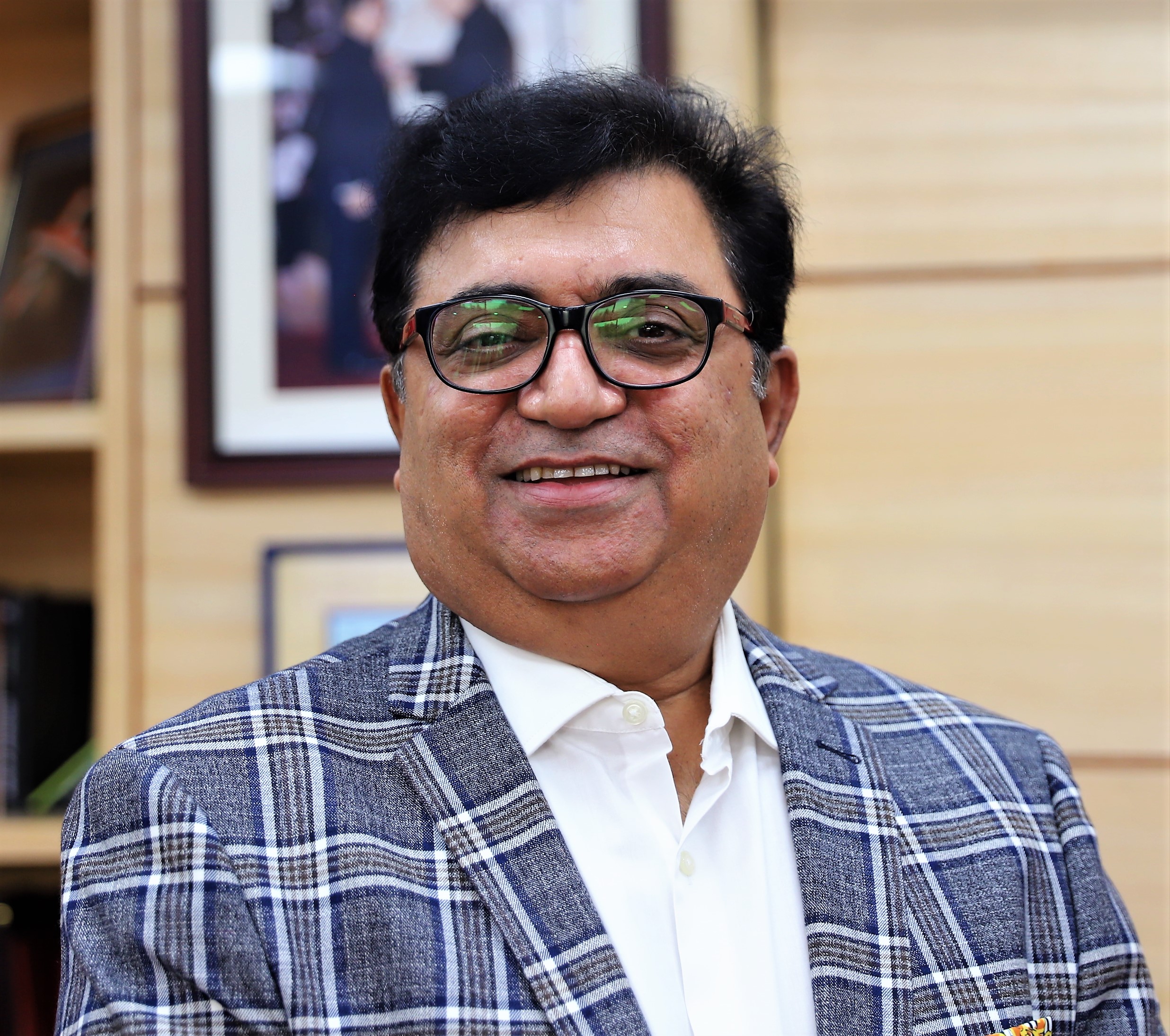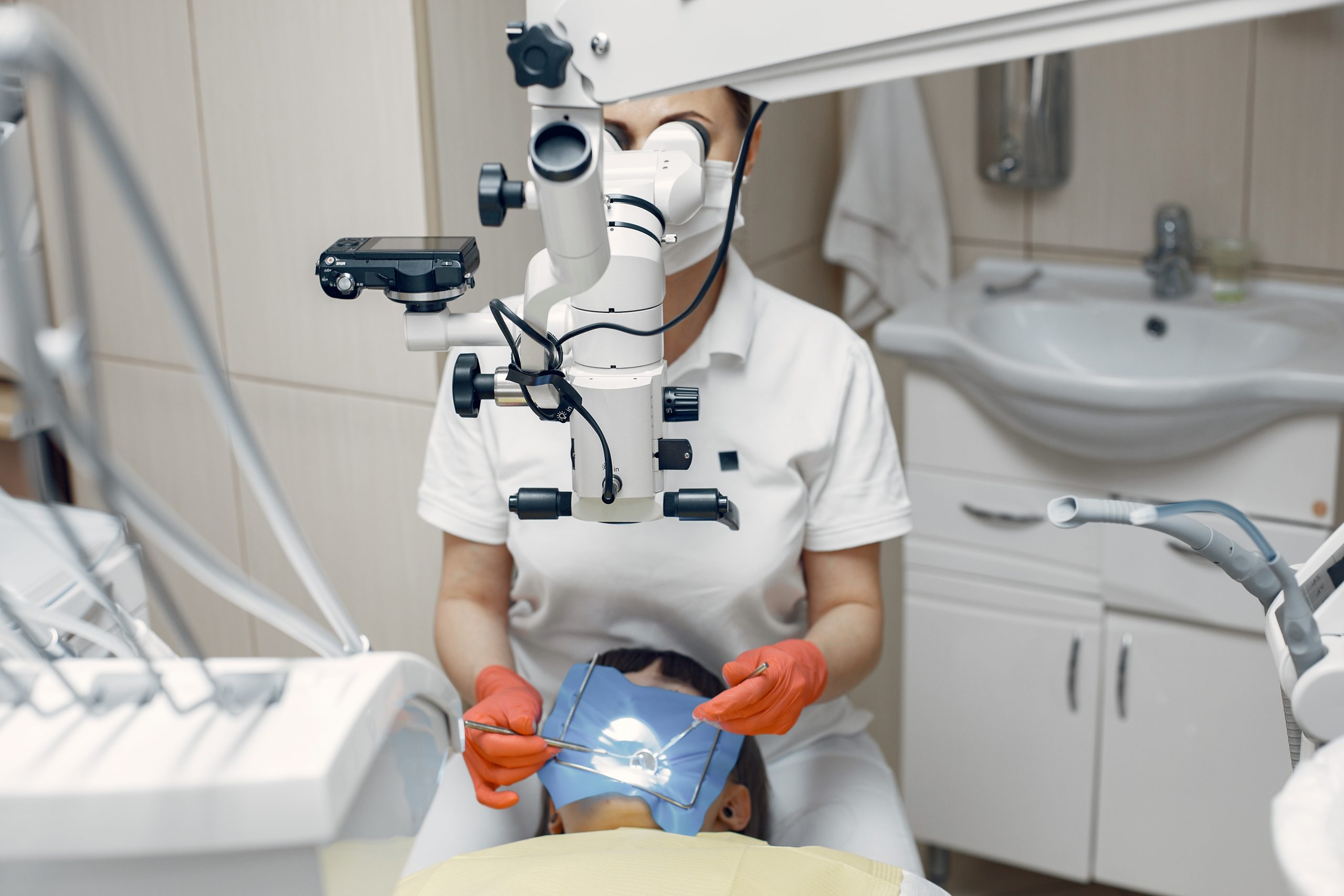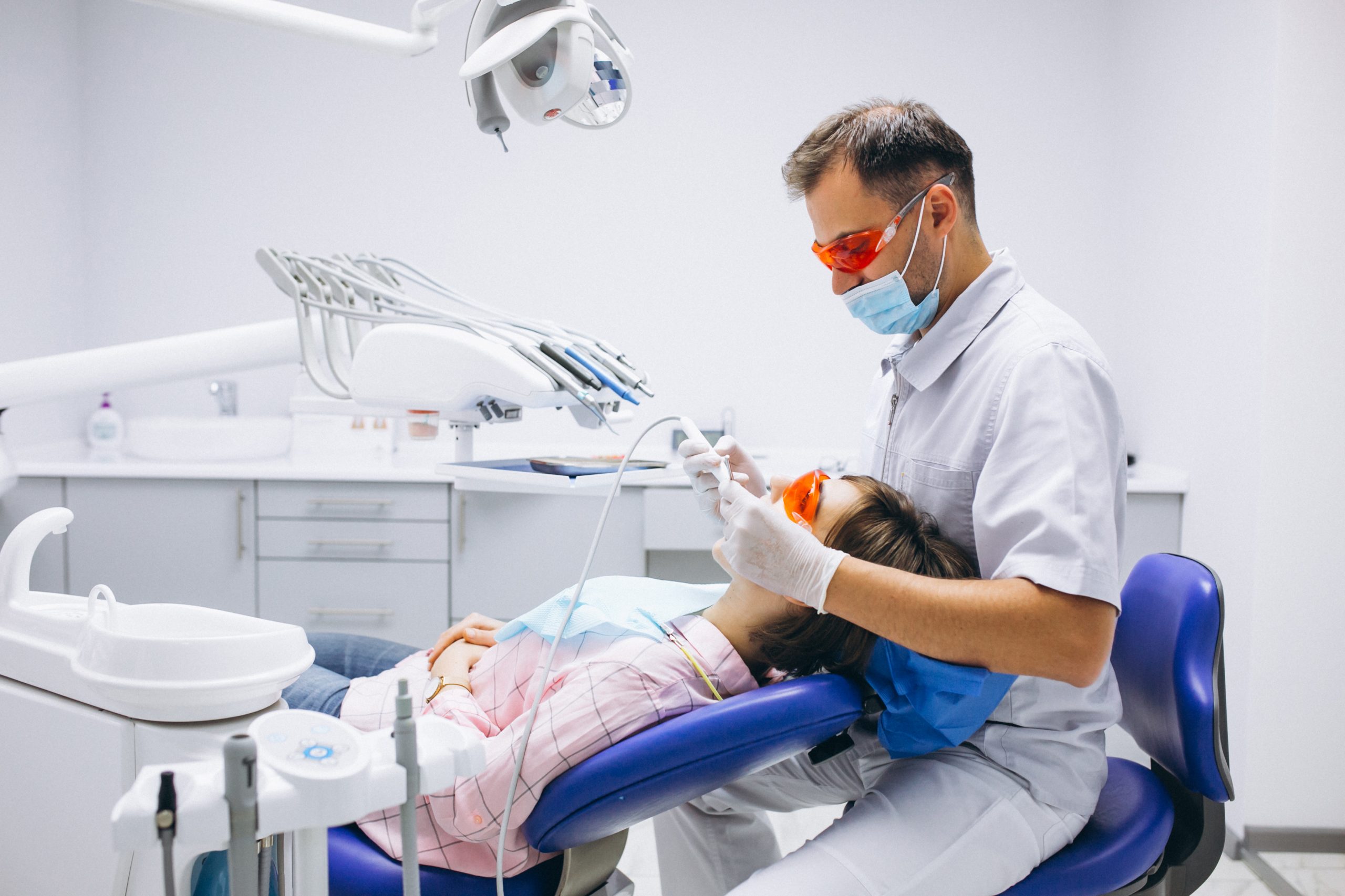Covid-19’s impact on dental Economics


Covid-19 Had A Devastating Effect On Dentistry In India. Dentistry Has Been Considered As The Riskiest Of All Professions In Relation To Covid-19…
By Prof. (Dr.) Mahesh Verma / Dr. Aswini Y Balappanavar
On 31st December 2019, China reported to the World Health Organization (WHO) about the cases of pneumonia of unknown etiology detected in Wuhan City, Hubei Province of China. Since then we have see a lot of changes in the country. With complete lock down to partial lockdown to lifting up of the lockdowns and again back to curfews now. India has the largest number of confirmed cases in Asia, and has the second-highest number of confirmed cases in the world after the United States with more than 10.3 million reported cases of COVID-19 infection and more than 154,000 deaths as of February 2, 2021.
COVID-19 had a devastating effect on Dentistry in India. Dentistry has been considered as the riskiest of all professions in relation to COVID-19. Extraordinary situations demand extraordinary measures and aptly dentistry started adapting to the demands of the situation. Guidelines were laid out by Ministry o f health and family welfare, IDA, CDC, for emergency dental procedures and infection control during COVID-19.
As the number of cases of COVID-19 started declining and various vaccination trials has been started, most of the countries have removed lockdown. The private as well as government dental set ups have started their full-fledged practices. But refurbishing dental practices to normal needs a complete structural as well as functional revision for the safety of dentist, their staff as well as for patients. Many of the practices inculcated during this period will continue for long time and for good.

1. Patient Care: Considering every patient as a potential asymptomatic COVID-19 carrier, preliminary thermal screening will be continued. Use of hand sanitizers, social distancing, mouth masks and shoe covers will be encouraged. Management of time space between patients with minimum number of patients per day may become choice of dentists. The structural changes in dental clinics done during COVID-19 will be sustained for hygienic practices. All unnecessary and frequently touched objects is removed, adequate ventilation in waiting/operating area are maintained, Surface disinfection with 0.5%–1% sodium hypochlorite and daily fumigation will be a norm. For the Clinical Procedures, the essential use of personal protective equipment (PPE) with preferably N-95 mask, rubber dams, anti-retraction hand pieces and pre-procedural mouth rinse preferably with Povidine Iodine will become a routine as they reduce the contamination by 70%.4Dental materials that requires minimal clinical time like bulk fill composites has been recommended which adds additional monetary investment with no visible returns.3The consumer demand also may be affected due to hesitancy to visit a dentist post COVID.
Biomedical waste management and infection control will be carried out without negligence and strictly be disposed of in accordance with the official instructions using double-layer yellow medical waste package bags and “gooseneck” ligation. Training and education of all dental care personnel team regarding hand hygiene, donning and doffing of PPE suits and all infection control measures should be performed on regular basis with reinforcements.
2. Education and training: Due to this pandemic all the class education, clinical trainings and continuing dental education had moved to an online format. Now, the students, faculty and dental professionals have become congenial with the use of technology and online platforms we would see a hybrid mode of education and training of dental professionals. Dental education through e-learning activities will continue to be pursued in the form of integrating virtual patients (VP), a computer simulation of real-life clinical scenarios, webinars etc.

3. Dental economics: The COVID-19 pandemic has devastating impact on high-contact industries, including dentistry and their manpower. The pandemic has negatively impacted the dental market as well.3Globally a sharp, steep economic contraction has been seen in the dental care sector.4Due to the deferral of elective procedures and visits to dentist, the demand of dental products had decreased. The factories engaged in dental products are operating with reduced workforce which results decrease dental products supply.
According to the ADA, the US dental care spending has declined from 66% in 2020 to 32% in 2021. Due to the increase in the time period between the patients and the time required for the treatment, will subsequently reduce the number of patients as well as interventions per day. Also, there is an increase in fixed costs (e.g., HEPA filters, the adapting of air-conditioning plants) and variable costs (e.g., personal protective equipment, N-95 mask) which will escalate the total treatment cost but decreases total profit. The loss will be even greater for smaller dental practice owners who have single treatment room. Post lockdown the dental practices may open full-fledged and demand for the products bringing in some relief for the manufactures and hopefully bring balance in dental economics.
4. Dental manpower- This pandemic resulted in closure of most dental private practices due to the increased input cost and reduced output. Most dental practices would respond by reducing their staff and other expenses and borrowing money for paying rent and salaries.
(The authors are Vice Chancellor, Guru Gobind Singh Indraprastha University, New Delhi / Associate Professor,
Department of Public Health Dentistry, Maulana Azad Institute of Dental Sciences, New Delhi)
